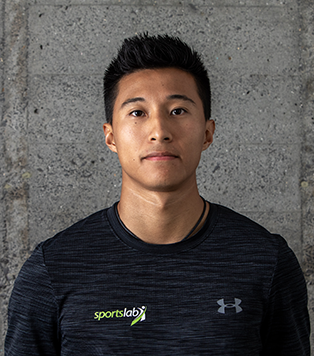Nightmare-DIY, Chores, and Gardening?
According to the Ministry of Health NZ, we should be doing at least 30 minutes of moderate intensity or 10 minutes of vigorous intensity physical activity, a minimum of 5 times a week. A lot of people I have spoken to believe that they need to go for a run or hit the gym to achieve this but actually, you don’t. What if I tell you that some manual lawnmowing or window-cleaning in your house/apartment are examples of moderate intensity physical activity?
Interestingly, ACC reported injuries from home and community (including DIY, gardening, lifting, and carrying etc.) have the highest number of claims.
Here are some statistics in 2020:
Sport and recreation injury: active claims: 485,864; Cost $631,945,719
Home and community injury: active claims: 1,115,597; Cost $1,365,441,049
As you can see, the number of claims from home and community injuries are more than twice the ones from sport and recreation. Although we can’t assume all those injuries are from completing chores, DIY, or gardening, we can safely say that the NZ population enjoys a bit of DIY and gardening as a hobby. Also, who doesn’t need to do chores?!
Here we will discuss a few tips on how to minimise the risk of injury when carrying out these home tasks- especially for all of you Aucklanders ticking off your home to-do list while you have the chance.
-Position: when carrying out these tasks, we can end up in some awkward positions. These can vary from crouching down to a low squat position while pulling out weeds in the garden, to reaching way over your head trying to paint your ceiling. These positions in and of themselves aren’t necessarily causing harm to the body, as long as you don’t stay in that position for a prolonged period.
-Duration: The time you spend in these awkward positions. Once we started a job, we wouldn’t want to stop, right? However, it is key to break it up into multiple periods when you are doing some DIY/ gardening/ cleaning. Perhaps take a little coffee/tea break after 30-40 mins, recharge and go again!
-Individual: Know your limits. This may sound simple but this is often the one we tend to forget. If you already have an existing injury/niggle, be cautious with what you are about to do and how you are going to do it.
-Tasks: How tough is the task? Does it require more than 1 person? Does it require a special set of skills to complete the task? These are some examples of how heavy you can lift safely for the general population. Keeping the weight close to your body is often more efficient, as it reduces the lever arm and therefore the force your muscles and joint must control.
-Tools: Making sure the setup of your tools and equipment is comfortable to use. For example, the length of the handlebars for a lawnmower is coming up to waist level, so you don’t have to bend over to manoeuvre the machine. Or it can be having a small stool to sit on while tidying low surfaces.
At the end of the day, we want to do things that we enjoy, either some DIY or gardening. (If you enjoy doing chores, feel free to finish mine too). The ability to do them safely and efficiently means you can continue to enjoy them without having any issue.
Ed Leung is our newest Sports Lab Physiotherapist. He’s not really a new face though- he’s been hanging around with us for a while now, both for student placement before he graduated and on our events team, providing post-race care.


